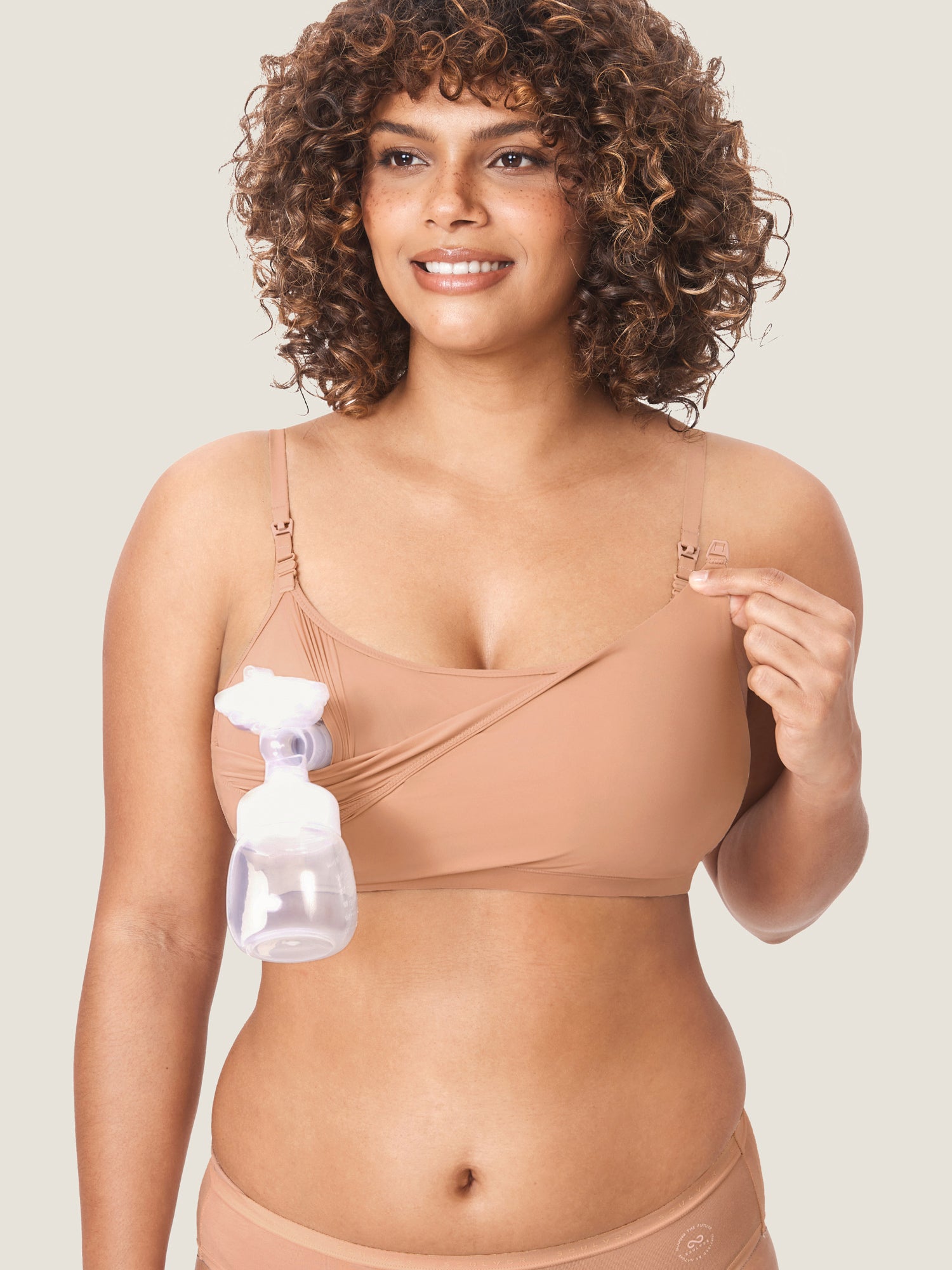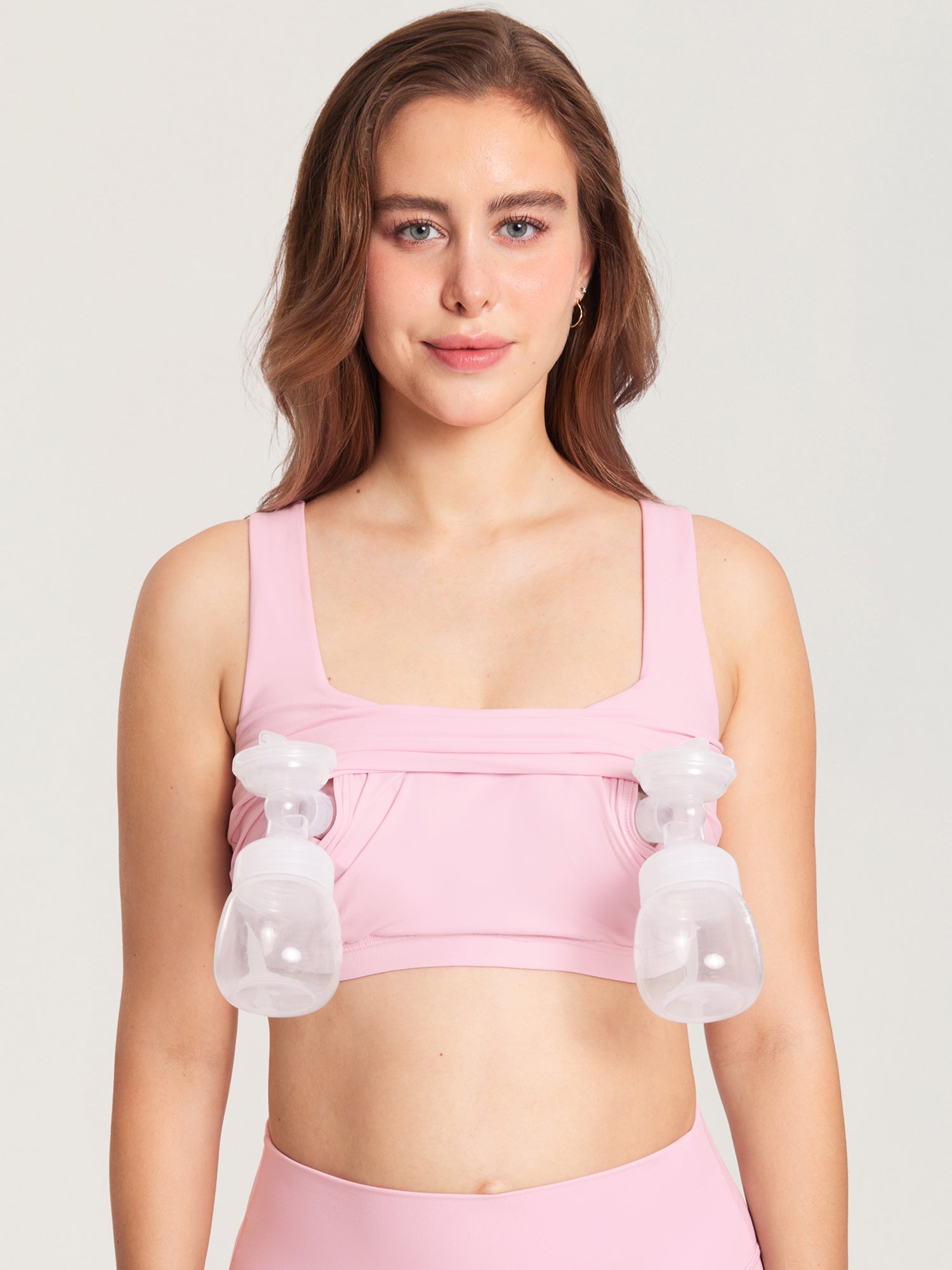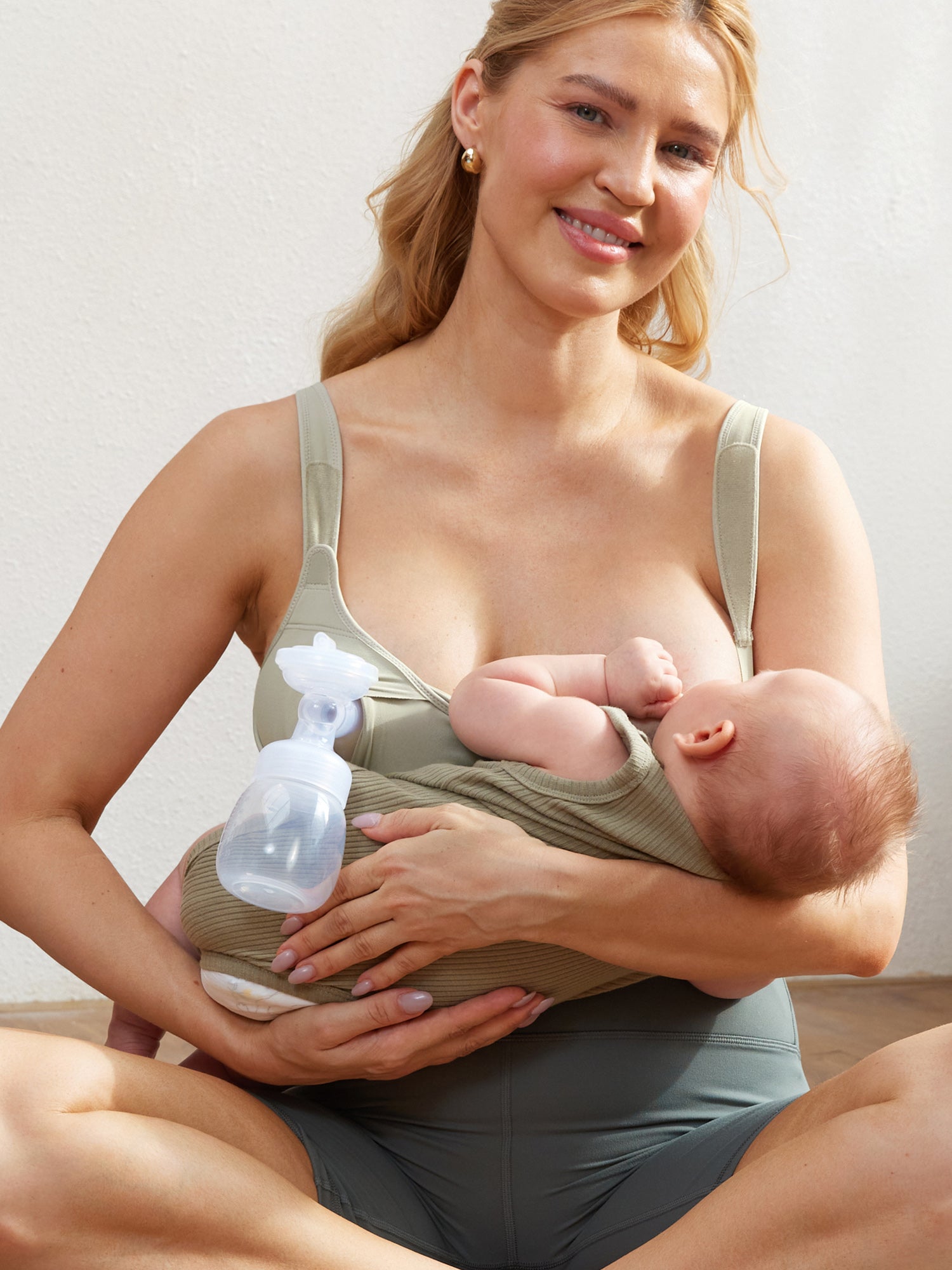Breastfeeding

10 Effective Ways to Prevent Saggy Breasts After Breastfeeding
Keep breasts firm post-breastfeeding by staying hydrated, doing push-ups, wearing supportive bras, weaning gradually, and eating skin friendly foods.

How to Regrow Hair After Pregnancy
Postpartum hair loss is common but temporary. With a balanced diet, gentle hair care, and stress management, you can encourage healthy regrowth over time.

How to Stop Hair Fall After Delivery: Home Remedies That Really Work
Postpartum hair loss is common but temporary. A balanced diet, natural remedies like aloe vera, and stress management can help reduce hair fall and encourage regrowth.

Postpartum Cramping: When to Worry
Postpartum cramping is a normal part of recovery, but severe pain, heavy bleeding, or fever could indicate complications. Contact your doctor if concerned.

Is It Normal to Bleed On and Off While Breastfeeding?
Bleeding on and off while breastfeeding can be normal due to hormonal changes or postpartum recovery. However, heavy or painful bleeding should be checked by a doctor.

Understanding and Managing Tailbone Pain One Year After Giving Birth
Tailbone pain a year after childbirth is common and can be caused by delivery trauma, posture changes, or hormonal shifts. Learn how to manage and treat it effectively.

Why Does My Baby's Fever Come Back at Night?
A baby’s fever often spikes at night due to the body’s natural circadian rhythm and heightened immune activity. Keep your baby cool and hydrated to help manage it.

What Should I Do if My Baby Has a Fever at Night?
If your baby has a fever at night, assess the temperature, keep them hydrated, and use fever-reducing meds. Contact a doctor if symptoms worsen.

Is It OK to Let a Baby Sleep with a Fever
Is it OK to let a baby sleep with a fever? Yes, it's generally safe, but monitor their comfort and hydration. Seek medical help if symptoms worsen.


















